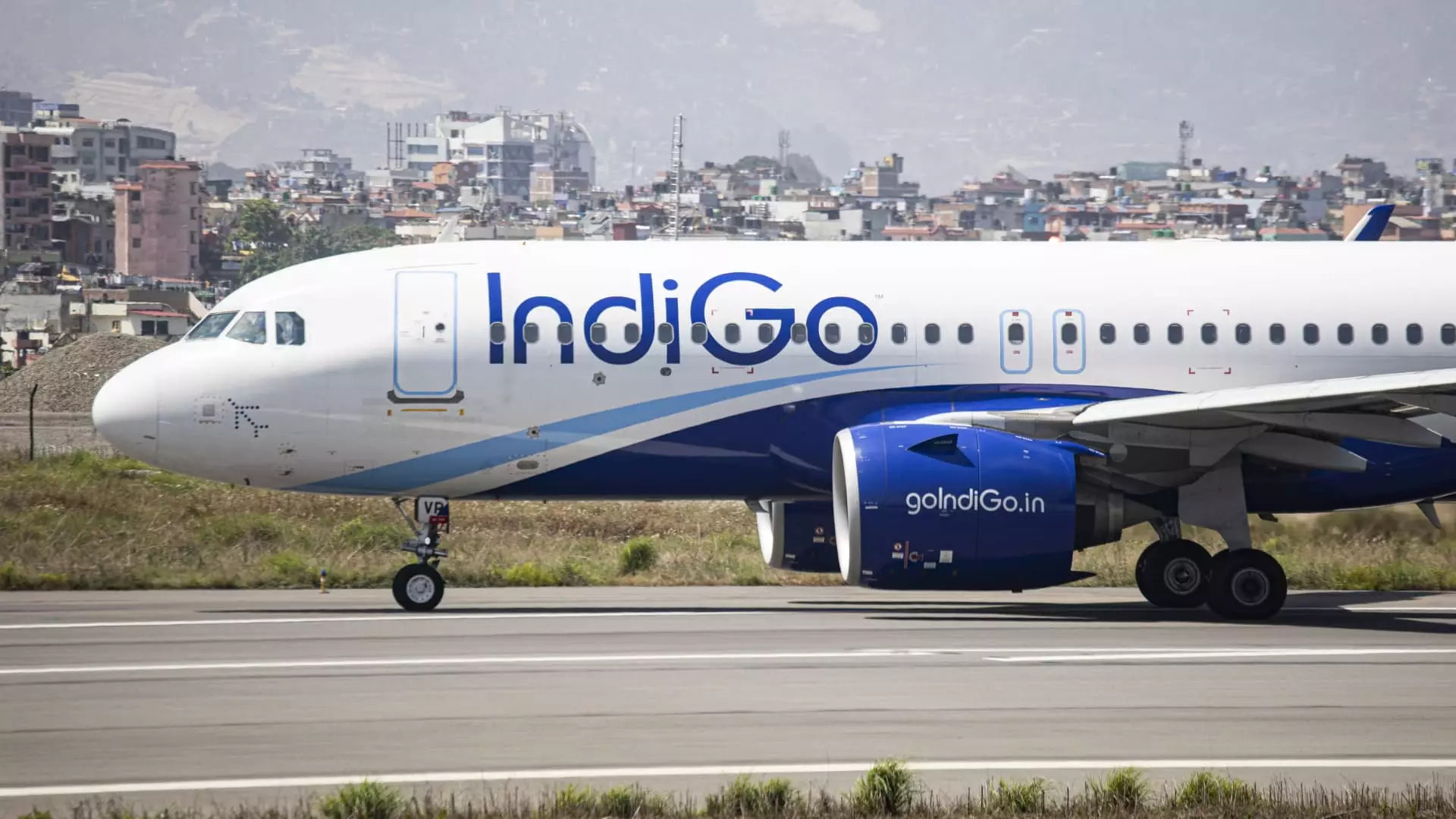The recent closure of Pakistan’s airspace to Indian airlines is a stark reminder of the complex political landscape in South Asia. This development arose amid heightened tensions following a tragic incident in Jammu and Kashmir, where 26 tourists were killed—a tragedy that India has attributed to militants backed by Pakistan, a claim that Pakistan vehemently denies. As two nuclear powers continue to spar, the ramifications of such geopolitical frictions extend far beyond mere rhetoric; they tangibly disrupt the aviation networks that connect the region to the rest of the world.
The closure of airspace is not merely a logistical hassle but serves as a strategic tactic in a long-standing historical feud. The order has compelled Indian airlines like Air India, IndiGo, Akasa Air, and SpiceJet to reconsider existing flight paths that span from India to critical destinations in Europe, North America, Central Asia, and the Middle East. In essence, this is not just an aviation dilemma; it is a manifestation of ongoing political strife, intertwining the skies above with the geopolitical tensions below.
Significant Route Changes and Challenges
In responding to the airspace closure, Indian carriers are being forced to adapt—often at a higher cost. These alterations translate into lengthier flights, which could necessitate refueling stops or, in some cases, the scrapping of particular routes altogether. IndiGo, the largest airline in India by market share, anticipates that several of its international services will experience disruptions. Air India’s statement added that international flights to North America, Europe, and the Middle East will also navigate altered routes.
For airlines that traditionally relied on the shorter paths over Pakistan, these changes could not only increase operational costs but could also strain their competitive edge against foreign carriers who are still able to utilize these flight corridors. Unlike those affected by the closure, rivals can continue to operate efficiently without detours. This could create a significant disadvantage for Indian airlines in a highly competitive landscape.
According to the aviation analytics company Cirium, Indian airlines are scheduled for more than 9,000 international departures this month alone. Of these, a significant portion links to the Middle East, which accounts for nearly half of India’s outbound travel. The ripple effects of this airspace restriction elevate the stakes not only for airlines but also for the thousands of travelers reliant on these crucial routes.
Economic Implications and Passenger Experience
The financial implications of this airspace closure are not trivial. A similar closure in 2019 caused Indian airlines an estimated loss of around $82 million. While industry experts suggest that ticket prices may not rise significantly—at least in the short term—there’s a palpable tension as travelers await longer routes that will likely impact flight schedules. The views of analysts contribute to the narrative of this being a more symbolic rather than systemically disruptive move; yet, for individual travelers and airlines alike, there are irrefutable complications.
In fact, recent patterns reveal fluctuating fare trends. A price drop on certain routes, such as from New Delhi to Srinagar, shows that market forces may adjust under these complex circumstances. The average ticket prices, witness to a temporary reprieve, showcase how the dynamics of supply and demand can change rapidly in the face of geopolitical constraints.
Despite the unfavorable conditions, Air India and IndiGo have taken proactive steps by assuring customers of refunds or rescheduling for affected routes. This responsiveness is critical, especially in a context where public sentiment and trust can be as volatile as the skies above.
Tourism and Local Impact
Beyond mere transportation, the closure is echoing through the recreational and economic landscape of the region. Kashmir, celebrated for its breathtaking natural beauty, is now facing an unsettling lull in tourism following the recent tragedy. Reports from local sources describe a stark contrast to the thriving tourist industry that had emerged in recent years, now grappling with uncertainty and a “pin-drop silence.”
Travelers and locals alike are impacted by the chilling atmosphere that accompanies the airspace closure and the ongoing tensions. The local tourism economy hinges significantly on airline connectivity, and diminished services could alienate potential visitors, drastically affecting livelihoods in the region.
As tensions simmer and the world watches, the future of Indian aviation hangs in the balance. With every flight that veers off course, the interplay between national pride, economic viability, and personal safety remains an intricate dance that may dictate the trajectory of aviation in South Asia for years to come.


Leave a Reply